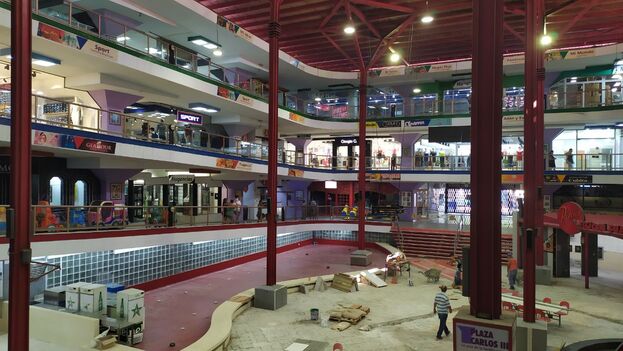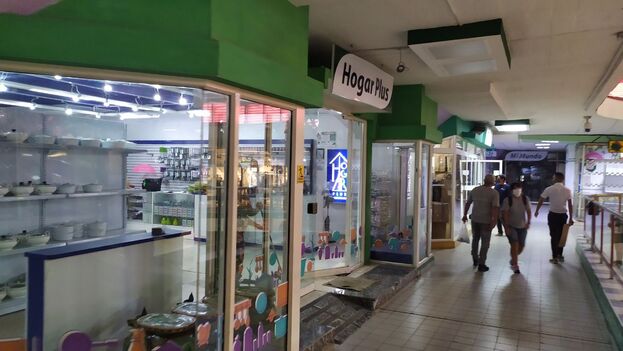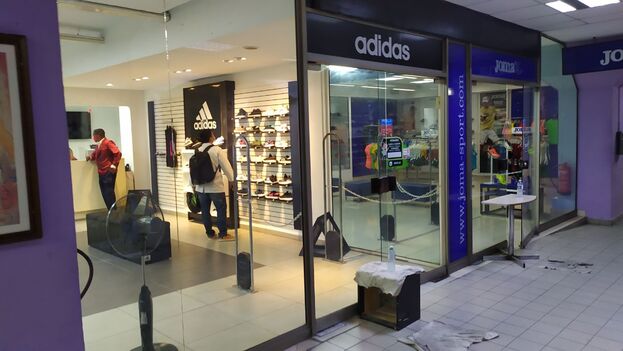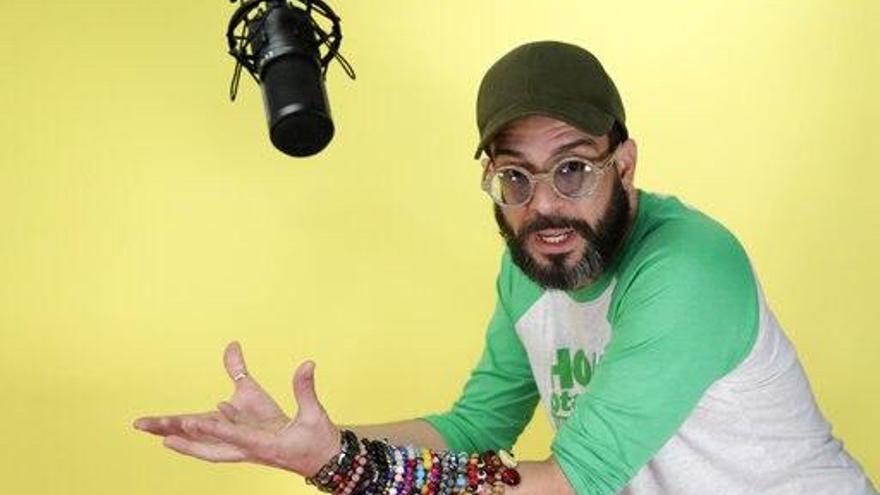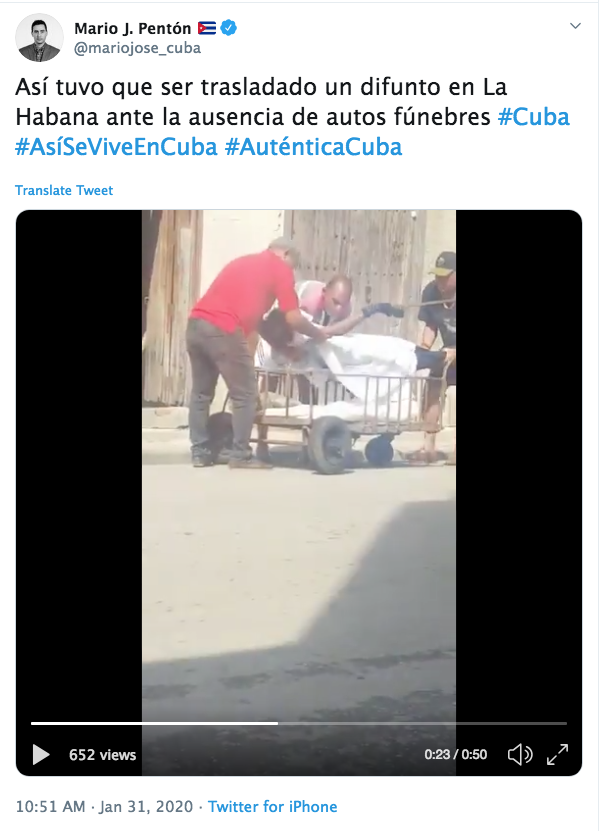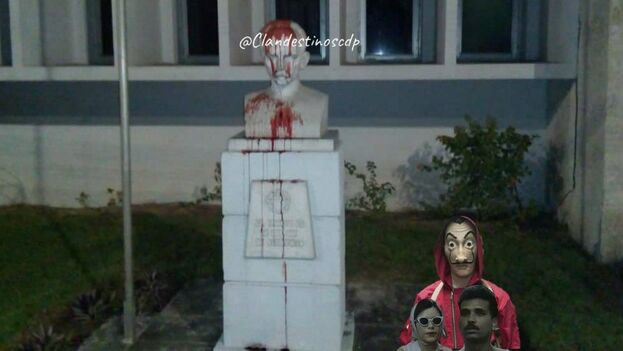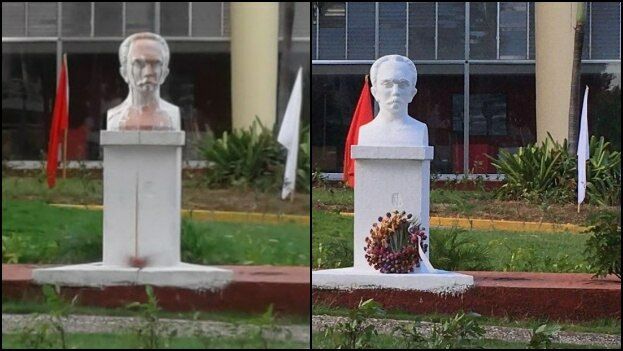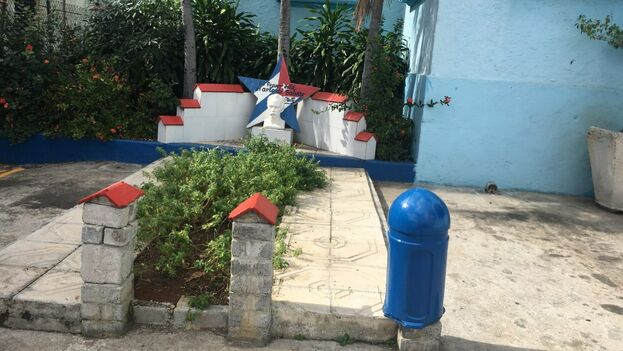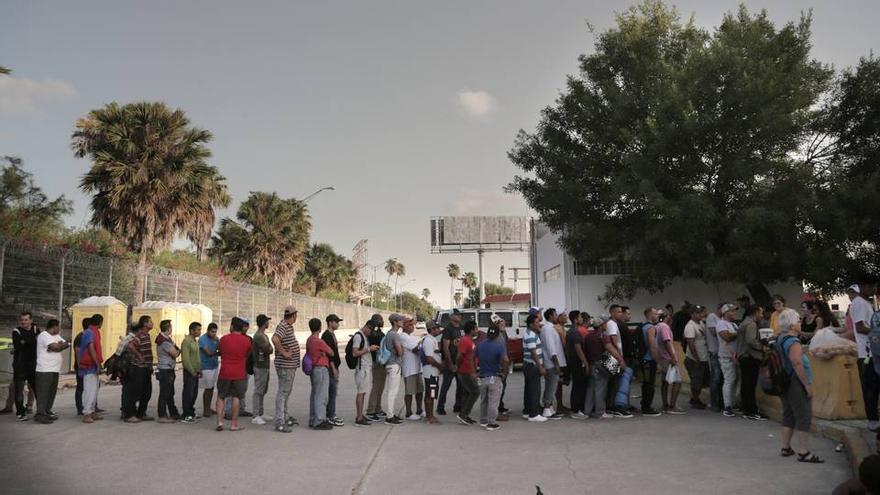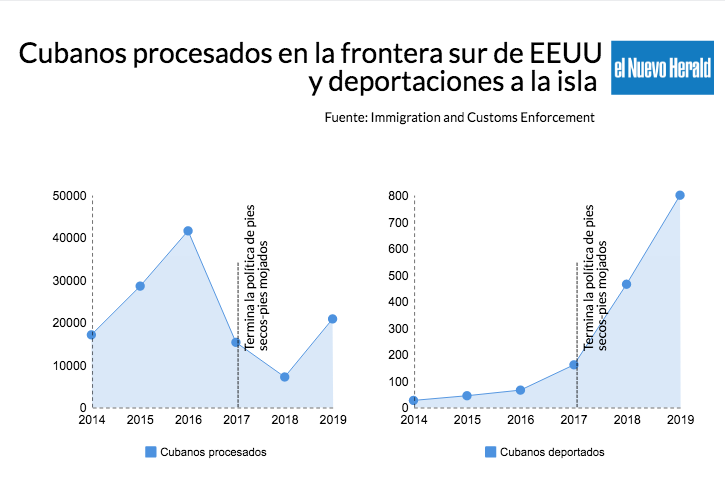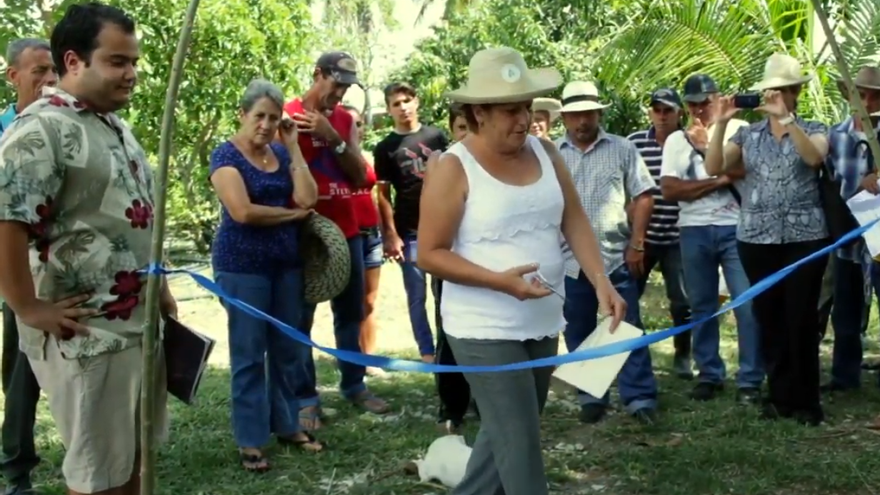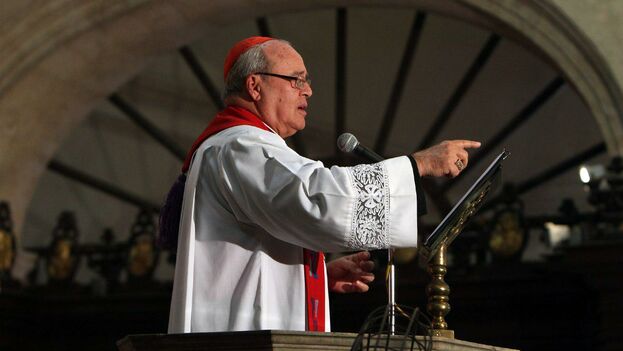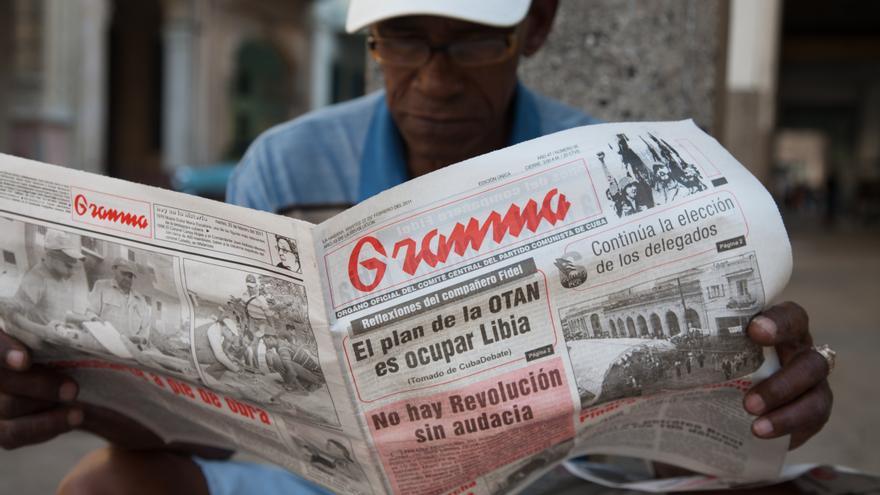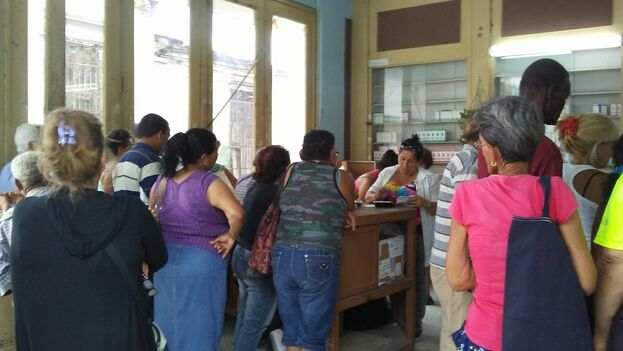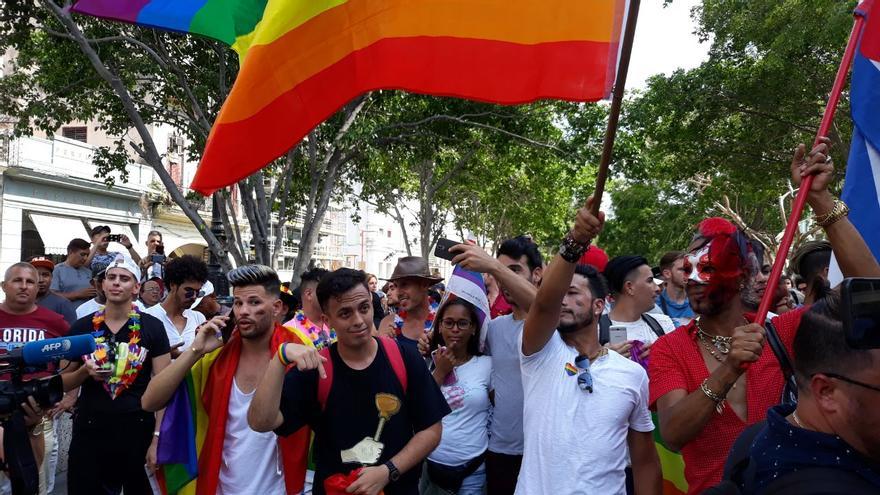Making a newspaper is not easy at all. Doing it from Cuba is even more complicated

![]() 14ymedio, Mario J. Pentón, Miami, May 23, 2024 — The first time I heard about Yoani Sánchez was on the midday news on Cuban television. Mariuska Díaz, the announcer, called her a “cyberterrorist” and an enemy of the country. Dark hands were writing on a keyboard and behind her appeared the American eagle, dollars and what was then United States Interests Section in Havana.
14ymedio, Mario J. Pentón, Miami, May 23, 2024 — The first time I heard about Yoani Sánchez was on the midday news on Cuban television. Mariuska Díaz, the announcer, called her a “cyberterrorist” and an enemy of the country. Dark hands were writing on a keyboard and behind her appeared the American eagle, dollars and what was then United States Interests Section in Havana.
By then I could already understand that the regime wanted to hide something when that woman, who was exposed on official television, was not allowed to defend herself or offer her point of view. And one of my first searches, on the day I was finally able to access the internet, was the name Yoani Sánchez.
Mariuska, by the way, that firm defender of Castroism who read those pamphlets, went to live under brutal capitalism, first in Mexico and then in Spain.
That is how I met 14ymedio, Yoani’s niño pequeño, this newspaper that is now 10 years old. And that is how I decided to collaborate with it. At first with a lot of fear, like all Cubans born and raised under the totalitarian regime. Later with passion and dedication, so that the people of Cuba would be more informed.
My first texts in ’14ymedio’ were a real labor and delivery. Years of study in Cuban universities do not teach you how to do journalism
My first texts in 14ymedio were a real labor and delivery. Years of study in Cuban universities do not teach you how to do journalism, but the sustained support of the editors of the 14ymedio Newsroom in Madrid allowed me to correct those deficiencies. continue reading
Trying to connect with people, tell their stories, talk about what really matters to people is not something that interests the Communist Party. Their interest is propaganda, defending a model that is falling apart and repeating the ‘guidelines’. At 14ymedio I had the opportunity to create and grow.
In my years working at 14ymedio I documented Cuba’s serious immigration crisis. I remember, by the way, the annual figures of Cubans arriving across the border into the United States that were so scandalous at the time, today are the equivalent of the statistics of a single month.
I had the opportunity to interview hundreds of immigrants and recount the dramas of the exodus: the young Cuban woman raped and murdered in Urabá, Colombia. Her traveling companion who financed the trip with the sale of his mother’s house. The departure of Cardinal Jaime Ortega and the arrival of a new head in the Cuban Church. The oil spill in Cienfuegos Bay and its pollution while the authorities hid information… The plane crash in Havana that left 112 dead and the disastrous way in which the regime managed the catastrophe.
They were years very rich in information and work. Fidel Castro died and it was my turn – after receiving Yoani’s call from Havana – to write the first obituary and choose the photograph that would accompany the text. The wet-foot-dry-foot policy ended and with it the thaw of former President Barack Obama. We were one of the first media to break the news.
Making a newspaper is not easy at all. Doing it from Cuba is even more complicated. The connection difficulties, the arrests, the very harsh conditions in which our collaborators work in Cuba, with threats to them and even their families by State Security agents, make the work of 14ymedio even more valuable.
Those who know me know that I am very impatient. I always wanted 14ymedio to get to the news first. I remember with special affection the way in which Yoani Sánchez and Reinaldo Escobar “pulled my ears” for wanting to publish the headline and some paragraphs while we were still giving substance to the note.
“The important thing is not just to arrive first. It means doing it well,” Yoani told me. Those words have always marked me
“The important thing is not just to arrive first. It means doing it well,” Yoani told me. Those words have always marked me in my work as a journalist.
It was the years of work and experience at 14ymedio that led me to be offered a position as a journalist at el Nuevo Herald, and then on television and radio. Without what I learned at 14ymedio, the work I do today on my networks, specifically so that millions of Cubans are informed, would not be justified.
When I remember my years of work at the first independent newspaper made from Cuba, I do so with great affection, as someone who treasures a precious memory. Thank you, 14ymedio, for making me grow as a person and as a society. Thank you for teaching us that journalism can be done from Cuba.
____________
COLLABORATE WITH OUR WORK: The 14ymedio team is committed to practicing serious journalism that reflects Cuba’s reality in all its depth. Thank you for joining us on this long journey. We invite you to continue supporting us by becoming a member of 14ymedio now. Together we can continue transforming journalism in Cuba.

